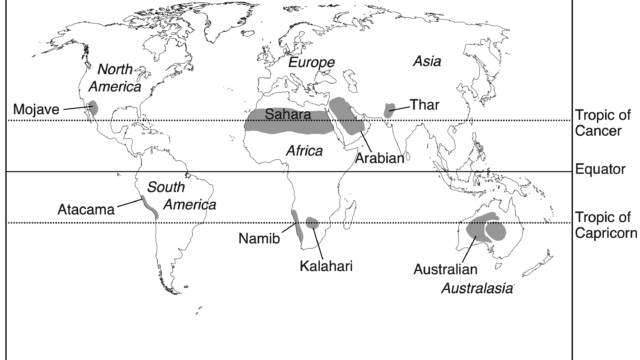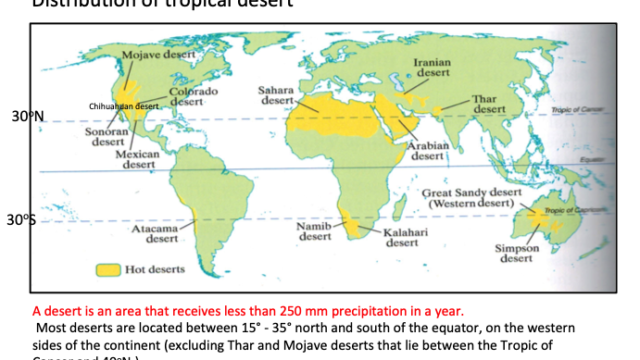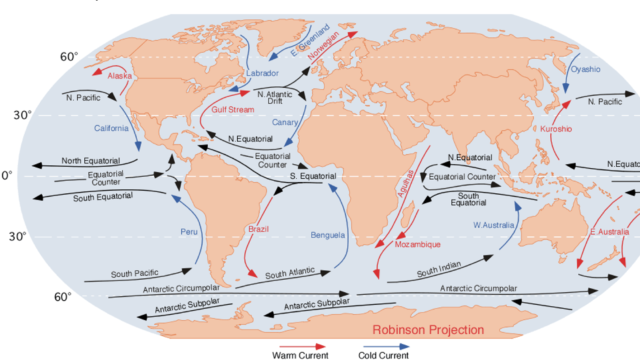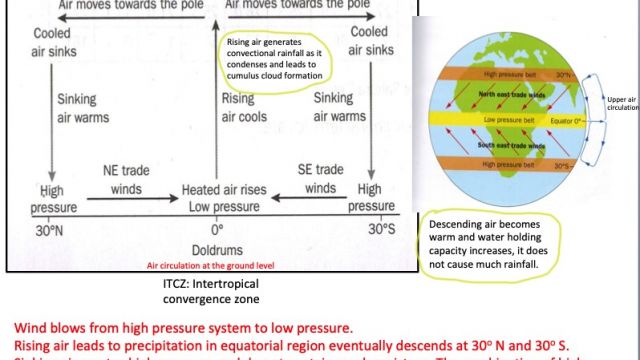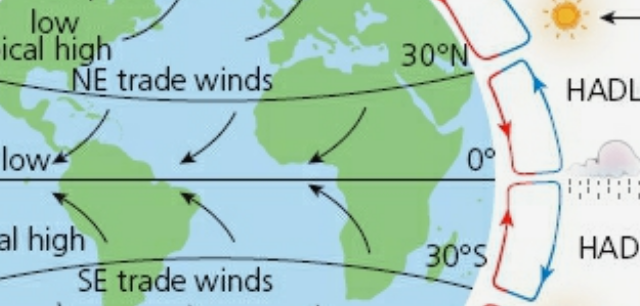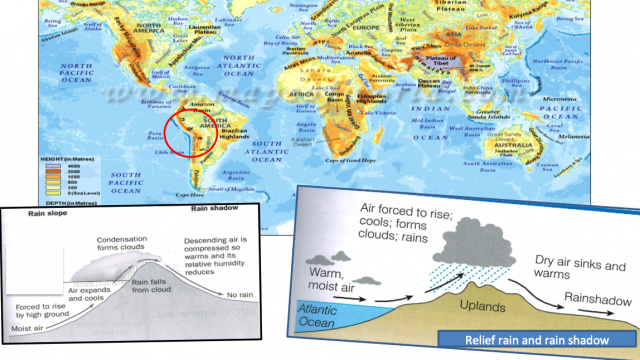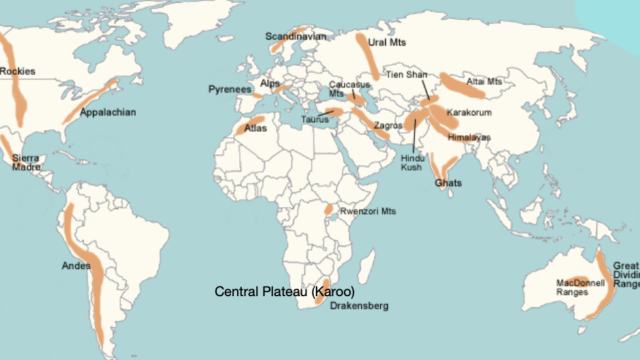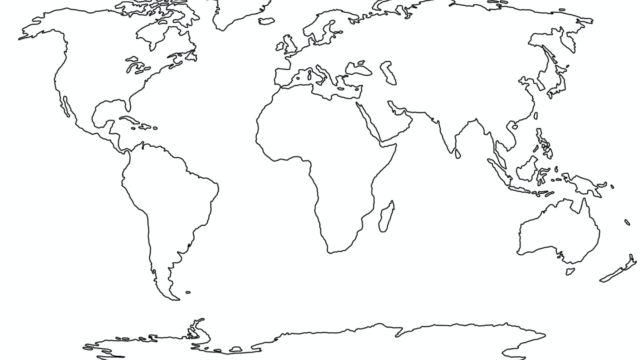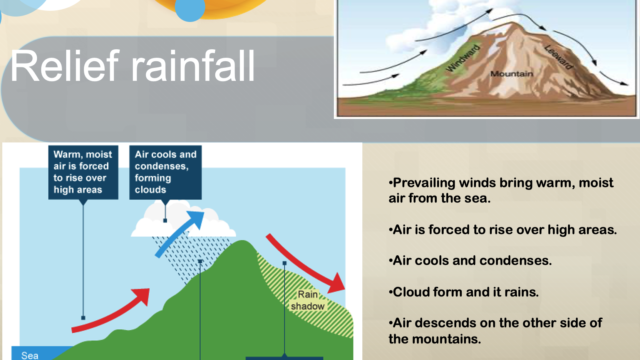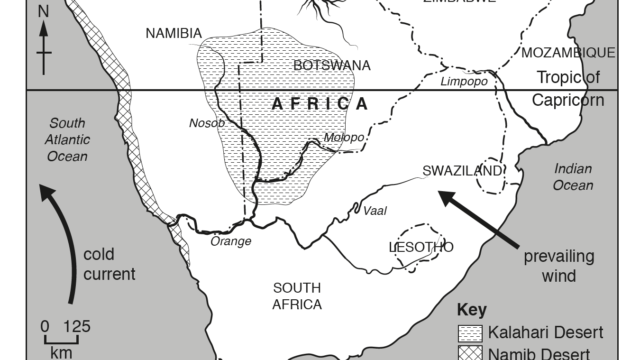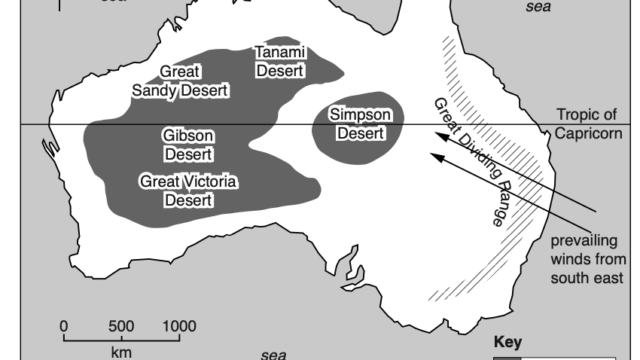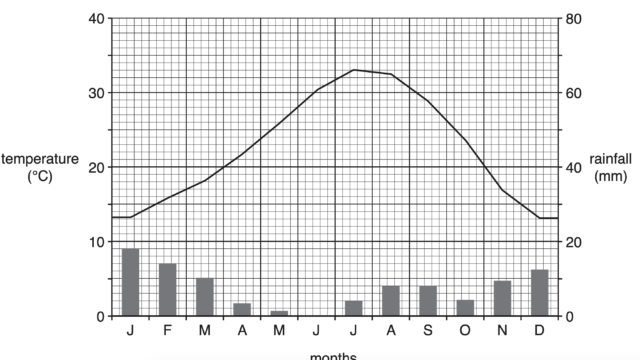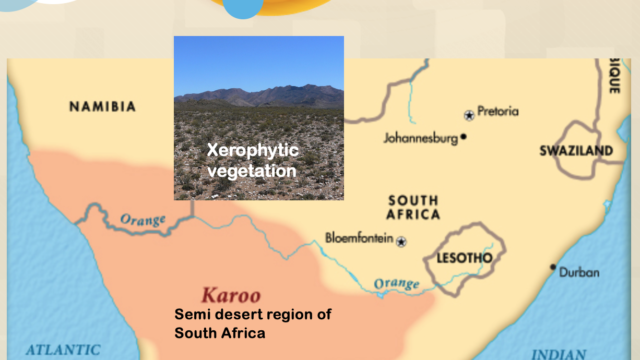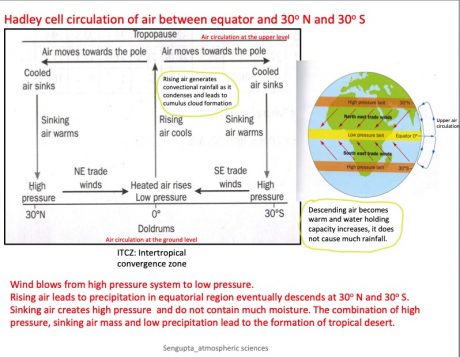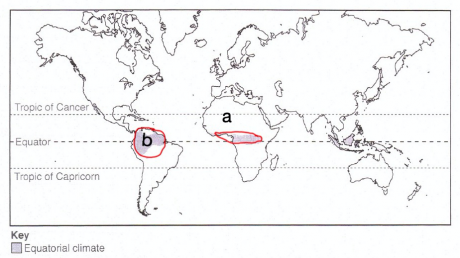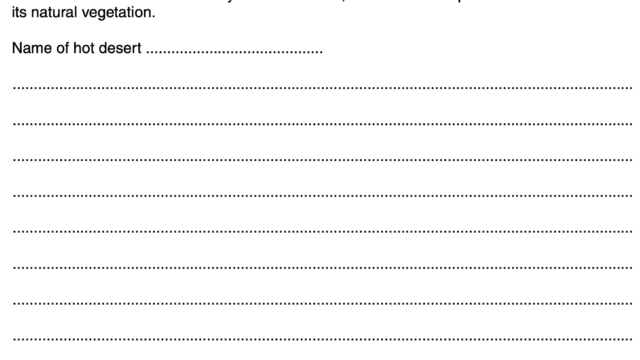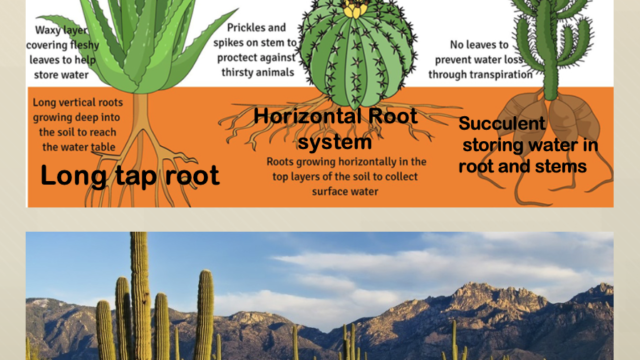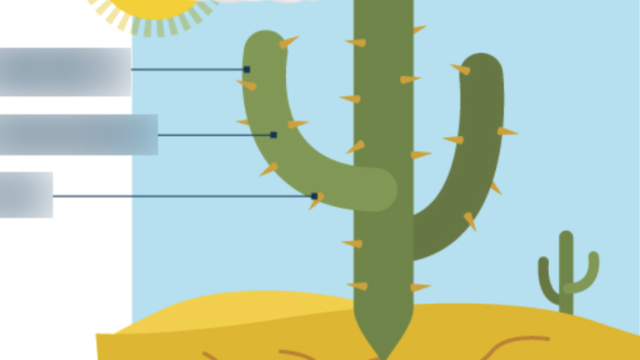Hot Desert: it is the driest biome. Some deserts, such as the Sahara, get less than an inch of rainfall in an entire year. To conserve water, desert plants have very tiny leaves or no leaves at all, transferring the work of photosynthesis to their trunks or stems. That’s why cacti have green “trunks.” Saguaro cactus is the state flower of Arizona, USA. Its thick stem with waxy skin and spines can expand to store water. Desert animals also have to deal with high temperatures and minimal water supplies. Typically, they are nocturnal, hiding out in burrows during the day to beat the heat. Some animals, such as the desert tortoise, go into “estivation” in their burrows during the hottest part of the year. Estivation is the desert version of hibernation when the animal’s pulse and breathing slow down dramatically so that they don’t need to use much water or energy. Click here to read more on Sahara
Click Here to look at the amazing photo gallery of National Geographic on Sahara desert

